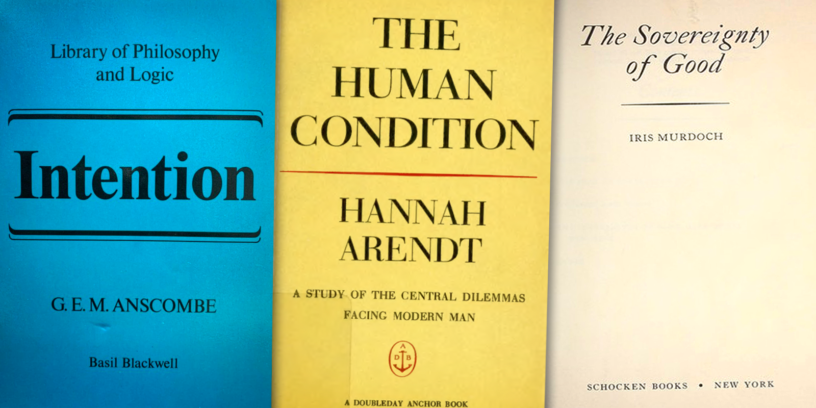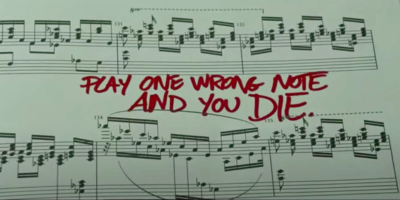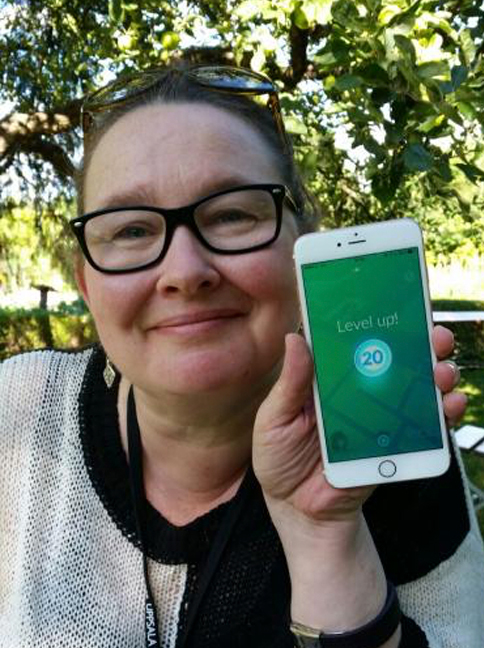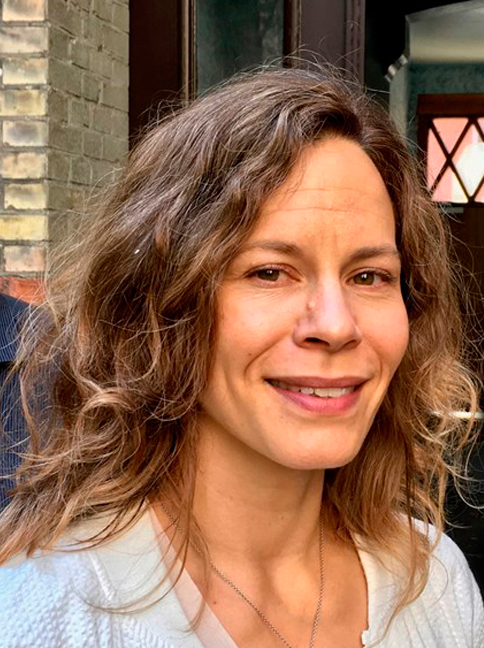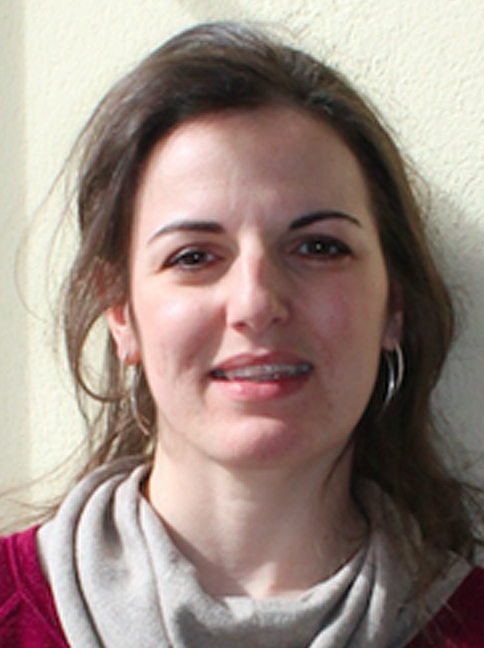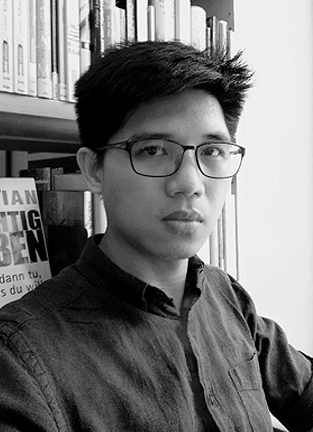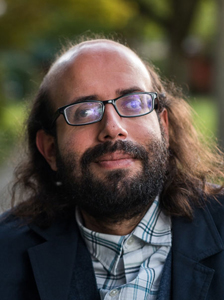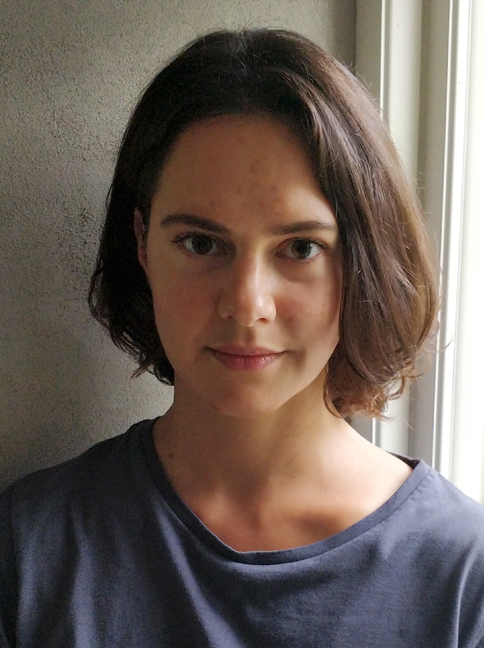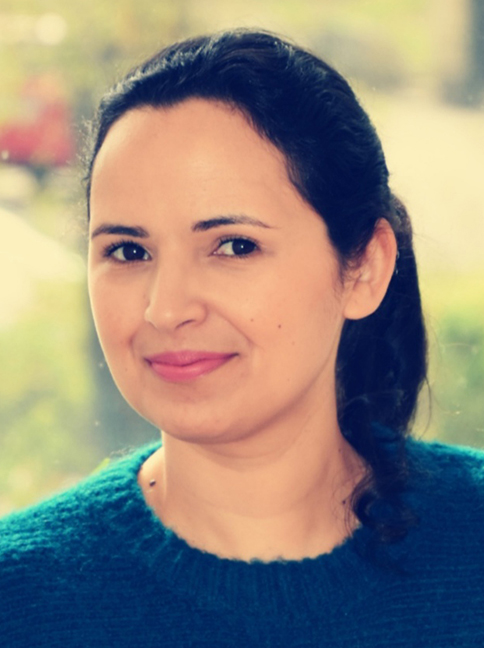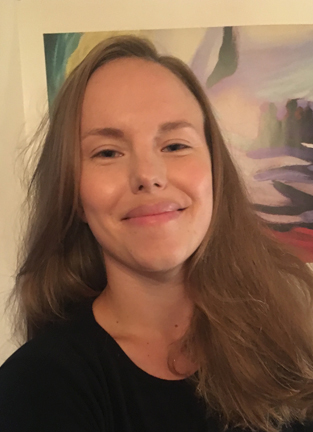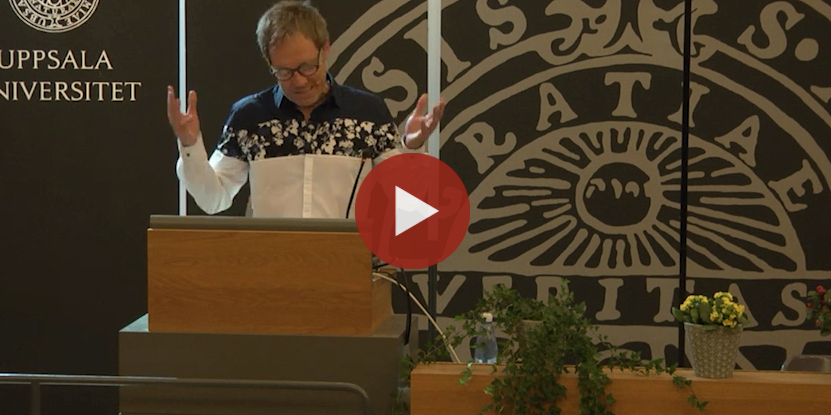The course is intended primarily for the second and third cycle, but is open for students on the first cycle (C level). The higher the level of studies, the more demanding the course requirements.
Learning outcomes
Upon completion of the course, the student should be able to:
- describe and analyze the relationships between thought, language and principles of action according to the philosophical positions studied
- compare and contrast strengths and weaknesses in the arguments for these relationships
- apply the basic ideas so as to be able to formulate potential connections between ethics, political theory, aesthetics, epistemology and the philosophy of language
- compare, contrast, evaluate and exemplify the strengths and weakness of the different approaches discussed.
Content
Through a careful reading of three of the last century’s most canonical works dealing with the role and nature of thought and thinking in human affairs — Elizabeth Anscombe’s Intention, Hannah Arendt’s The Human Condition and Iris Murdoch’s The Sovereignty of Good — we will discuss and analyse questions having to do with the relation between the private and the public, the individual and the collective and the ethical and the political.
We will be reading a great deal of difficult material, so the student is advised to come well prepared to the lectures and seminars.
Form of Instruction
Lectures and seminars.
Assessment
Two short reaction papers (500-1000 words) and one longer final paper. A student’s active participation and good performance in class may be a positive factor in the overall evaluation of the student’s work for the course.
The final paper of second-cycle students should be between 4000 and 6000 words, and the final paper of third-cycle students between 6000 and 7500 words. Third-cycle students are expected to write more advanced essays than second-cycle students, and the requirements concerning scholarship are set higher.
If there are special reasons for doing so, an examiner may make an exception from the method of assessment indicated and allow a student to be assessed by another method. An example of special reasons might be a certificate regarding special pedagogical support from the University’s disability coordinator.
Schedule
—

